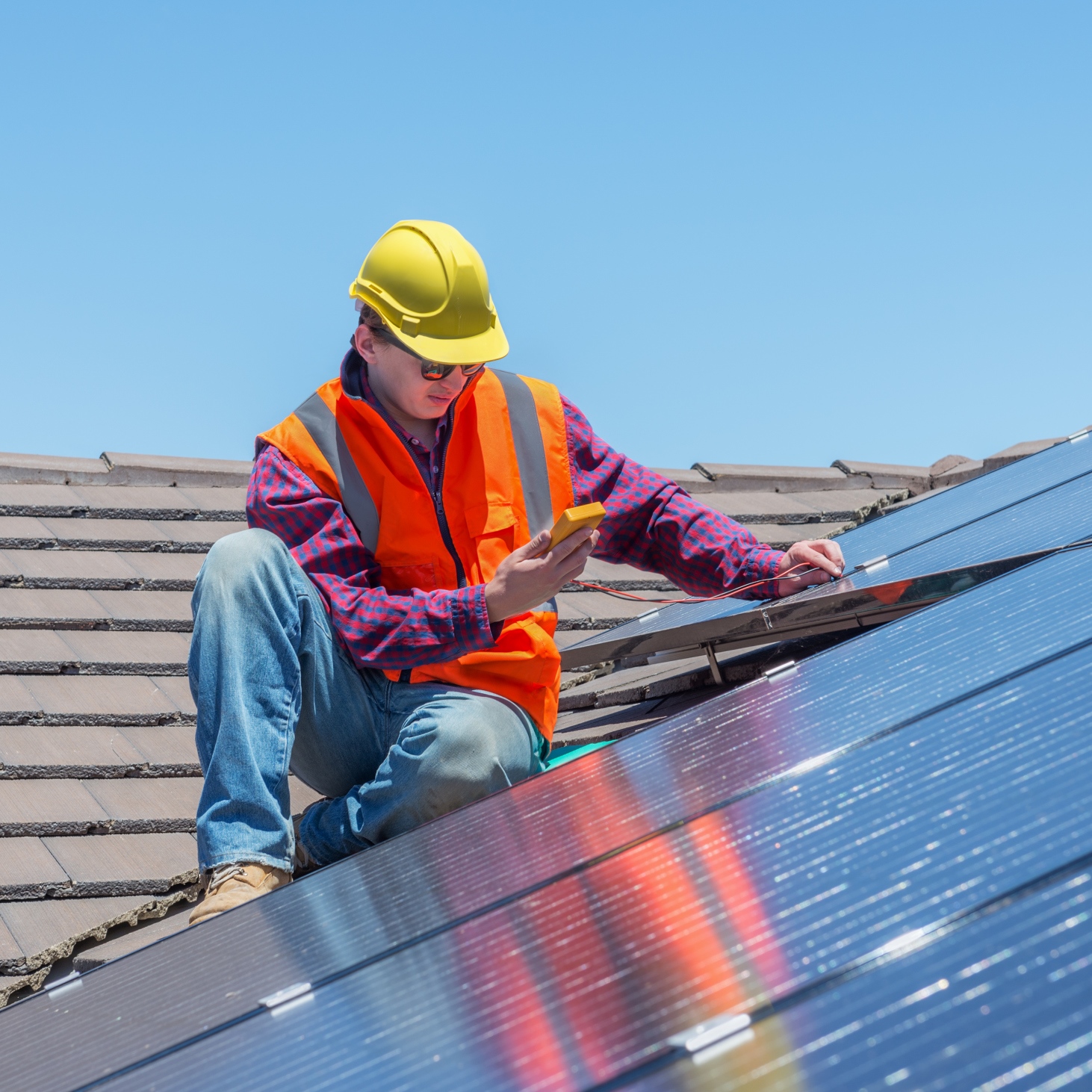
U.S. consumers, businesses and utilities installed 4,143 megawatts of solar photovoltaic (PV) capacity in the third quarter of this year, a sequential increase of 99% over the second quarter and an increase of 191% over the same period in 2015. The quarter was the largest ever for the U.S. solar industry.
Solar generation accounted for 39% of all new installed generation capacity in the first three quarters of 2016, second only to new natural gas capacity additions. A new megawatt of solar PV capacity came online every 32 minutes in the third quarter.
The data were reported Tuesday by GTM Research, a division of Wood Mackenzie, and the Solar Energy Industries Association (SEIA).
New installed capacity to date in 2016 has already exceeded new capacity installed in 2015. A total of 14 states installed more than 100 megawatts each in the first three quarters of the year.
Rooftop solar installations declined 10% sequentially as a result of a slowdown in major markets, particularly California. The state’s investor-owned utilities already have procured enough renewable energy to meet their Renewable Portfolio Standard (RPS) obligations through the end of the decade.
According to the report, the slowdown in rooftop residential solar growth rates boils down to a single question: “How does residential solar scale when early-adopter customers begin to deplete?” Three trends are emerging:
- Customer fatigue: In some areas potential customers are simply tired of door-to-door sales pitches.
- Demand for cash sales and loans has picked up more quickly than expected.
- Publicly traded residential solar companies have struggled to grow while remaining profitable. (Case in point, SolarCity, recently acquired by carmaker Tesla.)
California led the nation in new installed solar capacity in the third quarter with 1,447 megawatts, followed by Utah with 875 installed megawatts and Texas with 374 installed megawatts.
The contracted pipeline for new utility-scale plants totaled 19,940 megawatts at the end of the third quarter, about 3.7% more than the 19,220 megawatts of operating capacity. Here’s the report’s summary forecast for utility-scale solar PV in 2017:
[T]he 2017 outlook has increased due to additional project spillover and less evidence of project cancellation, especially in markets outside RPS mandates. A total of 55% of projects targeting 2017 operation were pushed out from 2016. Equally important, over 70% of the 2017 project pipeline comes from procurement drivers other than utilities procuring PV to meet renewable portfolio standards (RPS). Procurement via PURPA (Public Utility Regulatory Policies Act) is expected to overtake RPS as the largest driver of solar in 2017 as developers leverage avoided cost rates in North and South Carolina, Oregon and Utah. Utilities, particularly in the Southeast, continue to voluntarily procure solar to add to their portfolio as a hedge against natural gas prices. Lastly, there is a growing demand from corporate offtakers in California, Texas, and PJM markets, along with community choice aggregators (CCAs) in California. Underlying these geographic demand and procurement trends is the low-price environment for utility PV, with recent PPAs being signed at prices between $35/MWh and $50/MWh.
Utility-scale price fell to $1.09 per installed watt for fixed-tilt systems in the third quarter and to $1.21 per installed watt for single-axis tracking systems, a sequential reduction of 6.8% and 6.9%, respectively. Rooftop prices fell below $3.00 per installed watt for the first time ever on a national basis, a drop of 5.1% sequentially.
Thank you for reading! Have some feedback for us?
Contact the 24/7 Wall St. editorial team.



